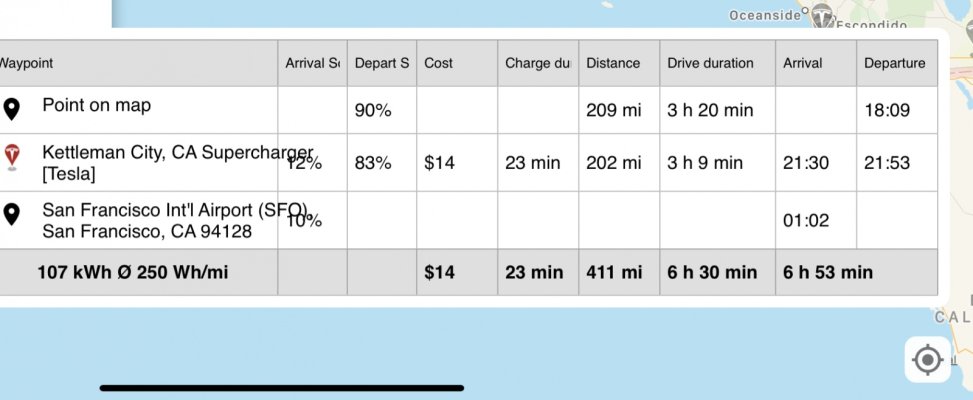Music Lover
Give me a museum and I'll fill it. (Picasso) Give me a forum ...
That 212 of useable range goes down with high speeds as well as extreme cold. It could go down under 150 miles in a cold climate during highway driving. It costs much more to operate than my ICE car in those conditions when using a Supercharger. If you live in a warm place and don't do long trips then it would be great but not so great otherwise.
And of course you need to supply heat in cold weather, and if you want to use heated seats and a heated steering wheel...both features that are very common on cars these days, then that also affects range. Although, to be fair, most people only use the heated seats and steering wheel to warm them up and shut them off after.

